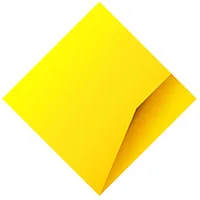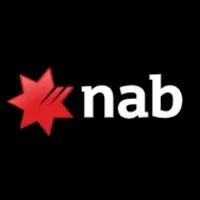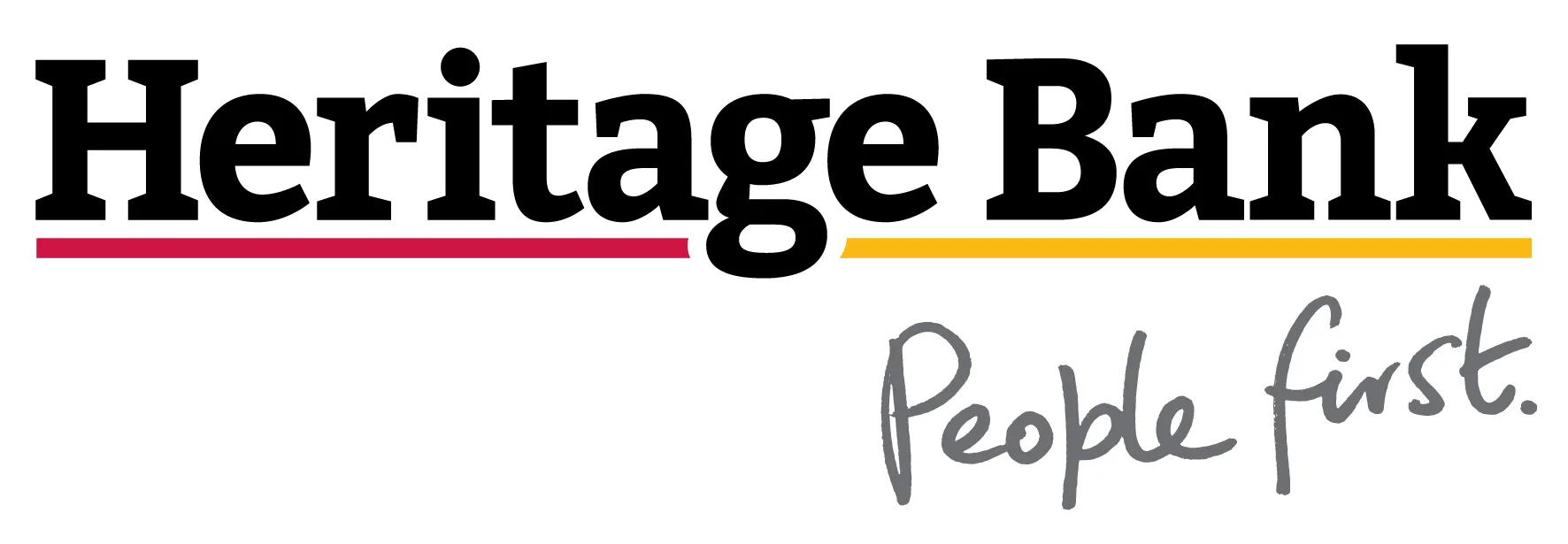Compare these credit card brands & more
Compare other products
We currently don't have that product, but here are others to consider:
How we picked theseWhy compare with Finder?
No spam calls
You won't receive any callbacks from Finder if you compare with us.Perks obssessed
We live track and crunch the data on 250+ cards every day (no, really!).All the card types you want
Balance transfer? Rewards? Low rate? We cover them all.Thousands of people compare with Finder every month
4.69 average rating from 805 reviews






What is a credit card?
A credit card lets you spend money that you can pay back over time, usually with interest.
Unlike a debit card – where you need money in the bank – a credit card gives you a set amount you can spend (or borrow), known as your credit limit. You also get regular statements (usually monthly) and need to make repayments by the due date on them.
In Australia, you must be at least 18 years old to apply for a credit card in your name.
Want more details? Check out Finder's guide to how credit cards work.

"When comparing credit cards, decide what's most important to you. Is it a low interest rate? Low annual fee? Bonus frequent flyer points? Maybe a balance transfer deal? For instance, I pay my balance in full each month, so I ignore the interest rates and don’t look at balance transfer offers. Instead, I aim to find cards with a great points earning rate. Knowing exactly what you want, makes it easier to find the right card for you."
What types of credit cards are there?
There are 5 main types of credit cards. Every card is slightly different, so you should compare credit cards to find the best credit card that has the features that matter to you.
| Card type | Principal use | Pros | Cons |
|---|---|---|---|
Pay off existing debt with no / low interest | Save money on interest and pay down debt faster | Minimal perks and no interest-free days on new purchases | |
Earn points on your spending | Get rewarded for money you’d spend anyway | High interest rates & annual fees | |
Credit without an upfront cost | Costs nothing if you pay it off in full or don’t use it at all | Minimal perks and higher interest rates | |
Pay off purchases over time while paying less interest | Saves you money if you carry a balance from month to month | Minimal perks | |
Managing cash flow and separating spending | Offer distinct features for business (like accounting feeds) | Stricter eligibility requirements |
Credit card guides and resources

Applying & credit score
How to compare credit cards
Here's a breakdown of features and charges you should look at when doing a credit card comparison.
- Find the right type of card. Want Qantas Points? Get a frequent flyer card that lets you earn points when you spend. Need a simple, cheap card for everyday spending? Look at low rate or no annual fee cards.
- Look at the purchase rate. Credit cards charge high interest rates. But only if you don't pay the card off on time.
- Don't forget the annual fee. Most cards charge a yearly fee. It can be as low as $50 or as high as $400 for a fancy card with lots of perks and benefits. There are some cards with annual fees that cost over $1,000!
- Count your interest free days. One of the best features of a credit card, interest-free days let you buy something today and pay no interest for up to 55 days. How it actually works in practice is a little complicated though.
- Look at all the perks and benefits the card offers. Some credit cards give you reward or frequent flyer points, purchase protection or complimentary travel insurance, cashback on your spending or other rewards. The more perks a card offers the higher the annual fee. So if you don't use them, you're wasting money.
Credit cards 101
There are lots of confusing terms in credit card land. Here's a quick explainer:
- Balance transfer rate. The interest rate you'll pay if you transfer a balance from one card to another. Most introductory offers are for 0% p.a. on your balance, but you may pay a one-time fee.
- Cash advances. Try not to withdraw cash from an ATM or use your card to gamble or buy foreign currencies. These transactions are considered cash advances and they come with a fee plus a higher interest rate (which you get charged immediately).
- Credit card network. The payment system that processes all your credit card transactions. In Australia most cards are either Visa, Mastercard or American Express.
- Foreign transaction fees. This is the fee you'll be charged on purchases made in a foreign currency overseas or online. Some cards have 0% foreign fees.
- Minimum repayment. You can repay all your card spending each month. Or you can pay it off slowly (and get charged interest). The minimum repayment is the lowest amount you must pay by the due date. Miss this, and you'll get charged a fee.
Finder survey: How old are Australians when they get their first credit card?
Response | |
|---|---|
| 18-22 | 31.63% |
| 23-27 | 28.21% |
| I’ve never had a credit card | 14.73% |
| 28-32 | 12.94% |
| 33-40 | 8% |
| 41-50 | 2.7% |
| 50+ | 1.8% |

"Maintaining these records helps you track your spending, verify transactions, and catch any errors or fraudulent activities promptly. They are also useful for budgeting, filing taxes, and providing proof of purchase or payment if disputes arise. Keeping organised and accessible records of your statements, whether in digital or paper form, ensures you have a comprehensive financial history that can be referenced whenever necessary."
Pros & cons of credit cards
Pros
- Flexibility. If you have a big purchase to make, a credit card can be a financial "buffer" – letting you buy it and then repay it over time. If it’s used wisely, it can be interest free.
- Convenience. Credit cards allow you to buy what you need, when you need it. You can use them to shop in-store, online and overseas, with security features to protect against fraud.
- Rewards. Everyone loves perks. A credit card can help you get frequent flyer points, cashback on your groceries, flight upgrades or even gift cards.
Cons
- Debt. Credit card interest adds up quickly if you don't pay your balance on time, which could cost you hundreds (or thousands) of dollars and take a long time to pay back.
- Can be expensive. The average interest rate for an Australian credit card is around 20%, RBA stats show. In comparison, the average interest rate for a variable rate personal loan is 14.41%.
- Sneaky fees and surcharges. Some businesses add a surcharge to credit card payments, which can be 1–2% of the total purchase cost.
Bottom line? Credit cards have a mix of great perks and understandable risks. A good rule of thumb is to compare credit cards to ensure you get one with the features you need, while having a plan for paying it off and using the benefits.
What's happening in credit cards in April 2025?

By Finder's money editor, Richard Whitten.
Australians spent $437.04 billion on their credit cards in the last 12 months, according to the latest figures. The average Australian credit card balance is $3,408 per card, which is $174 more than the previous month.
But the average credit card balance for people getting charged interest (cards that aren't repaid in full each month) is lower but rising, at $1,640.
In terms of credit card offers, the top balance transfer credit card this month based on Finder Scores is the Virgin Australia Velocity Flyer Card - Balance Transfer Offer. The top scoring frequent flyer credit card this month is the American Express Velocity Platinum Card, which has a hefty bonus Velocity Points offer.
Did you know? Finder research shows the average Australian with a credit card could save $222 over 32 months by switching cards.
Have questions about credit cards? We have answers
Why you can trust our credit card experts
 Obsessed with perks - we nerd out over points, rates & prizes - our editors spend hours (ok, days) crunching 250+ cards every single month. We even give them a simple score out of 10 if you just want the easy life.
Obsessed with perks - we nerd out over points, rates & prizes - our editors spend hours (ok, days) crunching 250+ cards every single month. We even give them a simple score out of 10 if you just want the easy life.
 No two cards the same - different cards are great for different things (and some are just junk). That's why we track and score every type of card from balance tranfers to rewards, cashback to low interest - so you don't waste a cent.
No two cards the same - different cards are great for different things (and some are just junk). That's why we track and score every type of card from balance tranfers to rewards, cashback to low interest - so you don't waste a cent.
 No BS - We're not owned by a bank, we don't have a call centre. Our only mission is to match you with the card of your dreams. Whether it's your first card, or you're a points ninja - we got you.
No BS - We're not owned by a bank, we don't have a call centre. Our only mission is to match you with the card of your dreams. Whether it's your first card, or you're a points ninja - we got you.
Icons made by flaticon.com
Ask a question
123 Responses
Read more on Credit Cards
-
Wizitcard Review
The Wizitcard offers an alternative to traditional credit cards and buy now pay later, with no interest charges, a monthly fee and a virtual account – is it right for you?
-
Virtual credit cards
Virtual credit cards are finally here, with options for everyday use and business spending – so how do they work and how secure are they?
-
How to use your credit card for charity donations
Weigh up fees and costs for donations and learn how to use credit card rewards to support charities in Australia and around the world.
-
Can you get credit card travel insurance if you’re over 65?
Compare credit cards that offer complimentary travel insurance for cardholders aged 65 or over.
-
Store credit cards
Discover the benefits you can get in-store, online and anywhere you shop with a store credit card.
-
Interchange fees: What are they and what do they cost?
For anyone who has paid for a taxi or booked a flight with their credit card and walked away feeling robbed: here's the latest news on credit card interchange fees.
-
A guide to the debt collection process in Australia
If you have debt collectors contacting you about overdue accounts, find out what rights and options you have to work through this process in a way that’s reasonable for you.
-
Credit card skimming: how to protect yourself
Read through this guideline to help protect yourself from any unauthorised transactions from your credit card.
-
How to identify a phishing scam
Phishing scams try to trick you into giving away your details – here’s how to spot one in your email inbox.
-
Credit card repayment calculator
Calculate how much you're paying in interest based on your current credit card repayments and discover how much you should pay each month to meet your financial goal.














I am after a Visa or Mastercard with the highest rate of points earn per $ spent for Velocity or Qantas.
Hi Kathryn,
You may start comparing Velocity credit cards and Qantas credit cards using our comparison table. Once you have chosen a particular card, you may then click on the “Go to site” button and you will be redirected to the bank’s website where you can proceed with your application.
Hi I am looking for a business credit card to earn us maximum frequent flyer points
Hi Todd,
You may compare business credit cards with frequent flyer points for your eligible spending. You may use the earned points for rewards such as business flights, flight upgrades, accommodation, and cashback for you and your employees.
I had a CTB credit card for many years and used it to travel overseas with the travel insurance. I did not think we would be travelling again and surrendered it last June. Do you still have that sort of card? My record is on the computer. Did pay I think $90 per year?
Please help.
Hi Peter,
Thank you for getting in touch with finder.
Regarding your query on getting your old credit card back, kindly contact the credit card issuer that you had your old card with to verify if the account is still open or not. If it’s still open, you may request for a replacement card to be sent out since you are travelling again and might use the complimentary travel insurance your card has.
I hope this helps.
Thank you and have a wonderful day!
Cheers,
Jeni
my card is lost and need a replacement card how do I get it?
Hi Johannes,
Thank you for reaching out to finder.
Depending on the card you have, you may need to contact your customer service department immediately to close your lost card. They will also be the one you need to reach out to in getting a replacement sent to your address. Hope this helps!
Cheers,
Reggie
I am travelling to UK and Ireland. Obviously looking at the best cards to travel with. I am considering the Qantas Travel Card and the 28 degrees credit card. Is there any other cards I should consider? I have gone through the websites to try and identify the best ones but I find it very confusing. What would you suggest?
Hi Kerry,
Thank you for getting in touch with Finder.
You may consider getting a 0 foreign transaction fee credit card. This type of card will let you save money when you shop overseas.
You will also find other travel money options from our UK travel money guide you can choose between prepaid travel money cards, travel credit cards, travel debit cards and foreign cash.
Once you have chosen a particular card, you may then click on the “Go to site” button and you will be redirected to the provider’s website where you can proceed with your application or get in touch with their representatives for further assistance. Before applying, please ensure that you meet all the eligibility criteria and read through the details of the needed requirements as well as the relevant Product Disclosure Statements/Terms and Conditions when comparing your options before making a decision on whether it is right for you. You can also contact the provider if you have specific questions.
I hope this helps.
Please feel free to reach out to us if you have any other enquiries.
Thank you and have a wonderful day!
Cheers,
Jeni